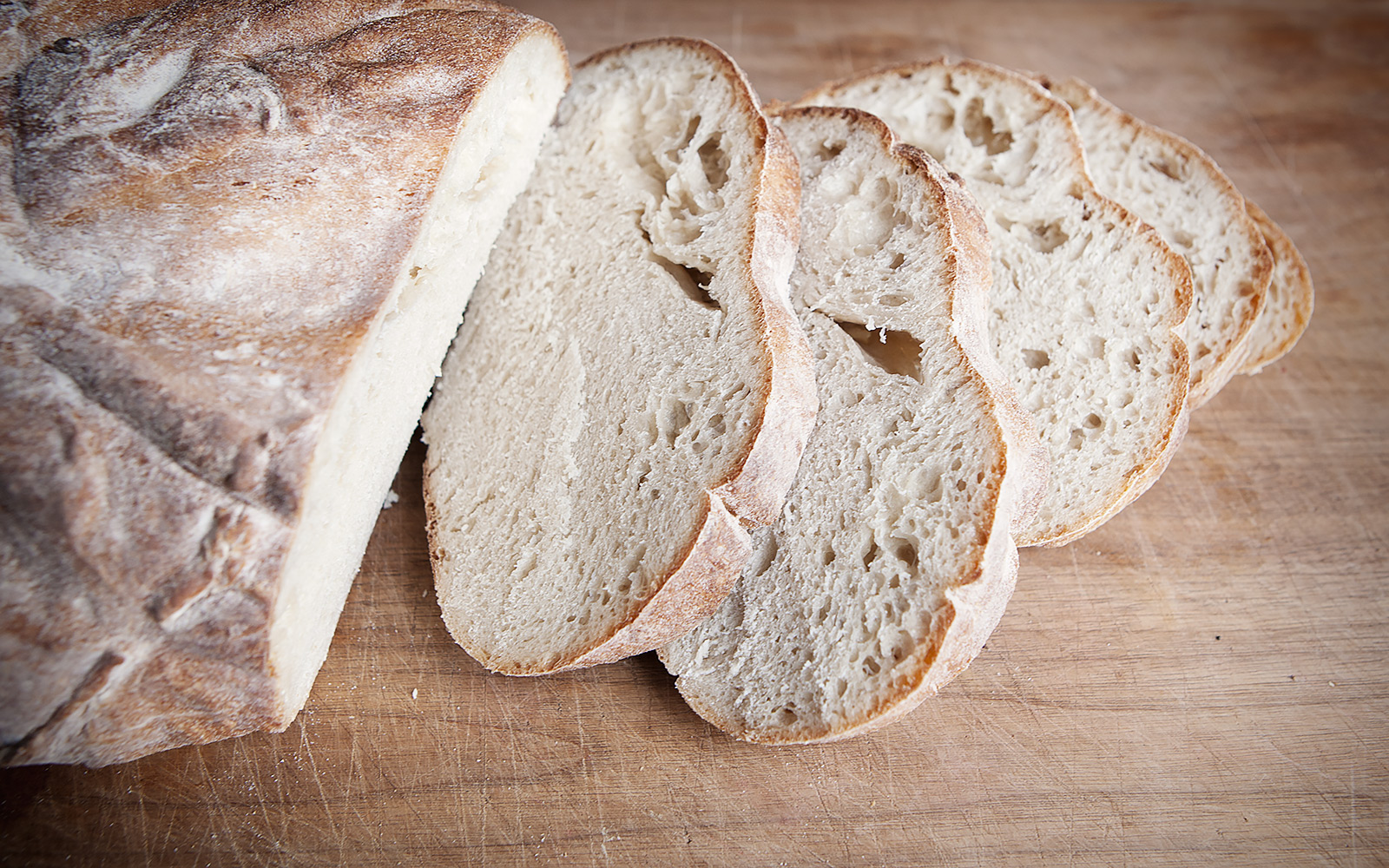Is avoiding gluten the new “fix-me”?
As a self-nourishment counselor, I spend my days helping clients figure out how to eat healthier. One of the questions that often comes up is about gluten. There’s so much information surrounding gluten theses days, but there’s also so much confusion that even tests can’t necessarily give you the right answer. This is because ultimately, it’s your own body that holds the answers.
Lately, gluten is being blamed for weight gain, digestive issues, bloating, unexplained fatigue and other diseases caused by inflammation. Some doctors have begun advocating the benefits of a gluten-free diet, while others call it the new eating disorder.
While these issues are true for many people, when it comes to making the right choice for your health, I encourage you to ignore the hype and learn how to know what works for you and your body.
The real question here isn’t about whether gluten is good or bad; it’s about how gluten affects YOU.
To figure out whether or not going gluten-free is the right choice for your health and wellness, take the following three steps:
1. Understand why gluten might be a problem:
Gluten is the protein found in wheat and other grains. It’s a sticky, glue-like substance that’s hard to digest.
As you begin to test for a sensitivity to gluten, you may notice that your body responds differently to different sources of gluten. For example, commercial wheat is overproduced and extensive amount of pesticides are used in the harvesting process. That’s why they can cause more reactions than organic, whole grain, sprouted bread. Commercial flour products also often contain GMOs, which can cause other immune and allergic reactions, whereas organic flour products might not.
It’s possible that you’ll find you’re able to eat some forms of gluten without a reaction as long as it’s from ancient grains like barley and rye. This would mean that you’re only sensitive to wheat, not gluten in general. Similarly, spelt and kamut are from the wheat family and they cause discomfort for some people, but not for others. The original wheat or rather then ancient grain wheat is called einkorn.
2. Learn how your body responds to gluten.
We respond to wheat and gluten differently, which is why I encourage you to be aware of how certain foods make you feel and to choose based on what works for YOU.
For example, I can eat wheat but I don’t feel great afterward. I develop a slight stomach ache, feel bloated and get sleepy. I get more moody and have sugar cravings afterward. Sometimes I even get a headache. These symptoms means that I am intolerant to wheat, and since I don’t like feeling that way, I choose not to have it on a regular basis. Since I don’t get really sick I will have some organic homemade breads that contain wheat on special occasions, but I keep it to a maximum of once per week so my digestive system can recover. I find that if I continue to eat wheat I get sluggish and fatigued, but I also stay bloated and easily find myself 4 lb. heavier in no time. That of course is false weight and comes off as soon as I return to my normal eating habits.
I encourage you to be aware of your own sensitivities by paying attention to how you feel after eating foods that contain gluten. Be on the lookout for the following telltale food intolerance symptoms:
- Stomach bloating
- Gas
- Discomfort
- Constipation
- Headaches
- Feeling foggy
- Fatigue
- Increased sleepiness
- Feeling unmotivated
- Emotional sensitivity
- Depression
- Falling asleep shortly after eating (or wanting to)
- Feeling hungry and empty even though you’re stuffed
- Constant cravings for more carbs and sugar
3. Keep a food-feeling journal.
I recommend keeping track of the food you eat and how it makes you feel in a food journal so you can look back and remember how different foods affected you. Make sure you keep it simple so you can easily find patterns in what you ate and how you felt. Keep wheat and other gluten products clearly marked, and write down if what you ate was organic, sprouted, cooked or commercially produced.
This is one of my favorite exercises to do with clients because it’s so telling. Within just a few days of keeping your journal, you’ll begin to notice a strong correlation between how you feel and the food you’re eating. You may very well notice that you feel better when you omit wheat or all gluten.
Life without wheat or gluten.
Eliminating wheat products or gluten is challenging because they’re everywhere, so you’ll need to learn to navigate your options.
Learning how to make new choices is essential to feeling free to eat well even when avoiding gluten or wheat. It can feel challenging because it is very connected to your relationship with food and your fond food memories of the past. We can get triggered into wanting these foods when we are emotionally stressed and habits of using food for comfort set in. That is completely normal reaction, but it is obviously not helpful when you want to avoid eating certain foods. That is where learning how to shift your mind comes in.
The online program, as well as my personal sessions with client, focus on not just developing more food-knowledge but also on how to get in touch with our emotions and be gently mindful about how we feel, as well as learning new coping skills so we can change our habits, that otherwise tend to get stuck in the same reactions when we are under stress.

